Vogue Editor Says Don't Put All the Body Image Blame on the Magazine Editors
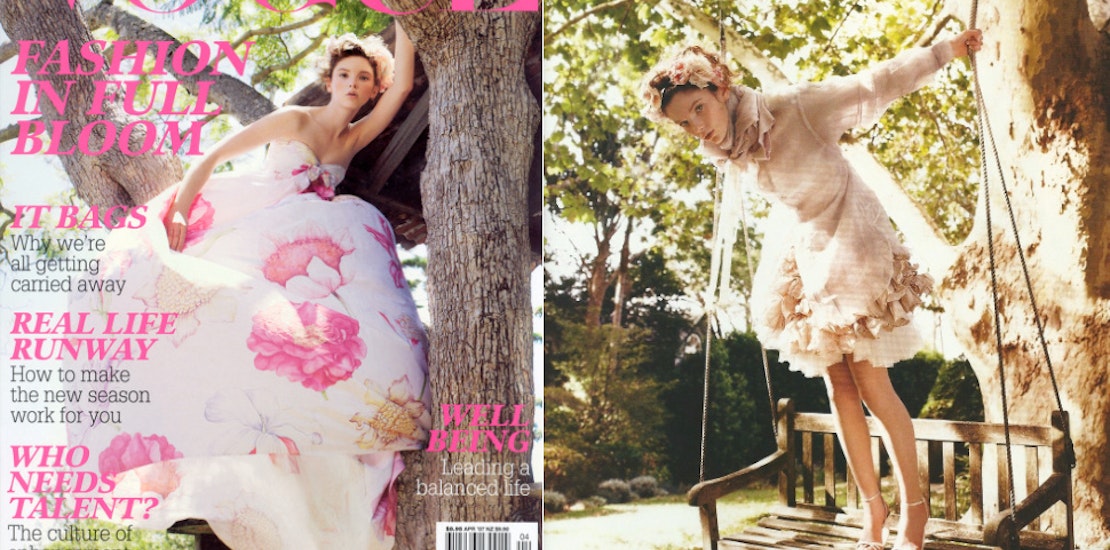
Magazine editors often take the blame when critics call out the unhealthy size ‘0’ model standard featured on just about every page. Vogue magazine is one of the biggest offenders often featuring the thinnest of the thin models donning the latest couture. But one former Vogue editor has stood up to say the standard unhealthy model look is not necessarily the fault of the magazine.
Jezebel reports about a Guardian interview with former Australian Vogue editor Kirstie Clements where she reveals details about the unhealthy dieting she often witnessed and how she was often left with no choice but to hire a rail thin model for photo shoots. From models regularly fed on I.V. drip due to fatigue and passing out to women ingesting tissues to lose weight, Clements has seen it all.
Clements explains how the process works in the fashion industry and how the size of the models featured in the magazine are predetermined far before the clothes arrive. Designers use “fit models” while they are creating new pieces and these models are usually very thin. The clothing created for the “fit model” will then be shipped off to be worn by the tall thin supermodels walking the runway. Designers will almost always opt for a size ‘0’ fit model since they feel the clothing will appear more flattering on this body type.
The magazine editors will then receive runway samples in the mail and must hire models that will fit into the clothing they have. Clements explains, “After the shows, the collection is made available for the press to use for their shoots. These are the samples we all work with and they are obviously the size of the model who wore them on the runway. Thus, a stylist must cast a model who will fit into these tiny sizes. And they have become smaller since the early 90s. We've had couture dresses arrive from Europe that are so minuscule they resemble christening robes. There are no bigger samples available, and the designer probably has no interest in seeing their clothes on larger women. Many high fashion labels are aghast at the idea of producing a [Australian] size 14 [US size 10], and they certainly wouldn't want to see it displayed in the pages of the glossies.”
Though Clements felt she had to go along with the hiring of overly thin models, she seems to lament her decisions. She says, “There are a few male fashion designers I would like to personally strangle. But there are many female fashion editors who perpetuate the stereotype, women who often have a major eating disorder of their own. They get so caught up in the hype of how brilliant clothes look on a size 4, they cannot see the inherent danger in the message."
What do you think of this former Vogue editor’s commentary on how the thin message is perpetuated in the media?
Do you think magazine editors should take more responsibility for sending negative messages about body image or is it up to the designers to change the tide?
Make a Comment
 by
Kay3131 | New York, NY
by
Kay3131 | New York, NYSo much of the revenue for the Jewelry, Watches, Leather Goods, Accessories, Fragrance and Cosmetics divisions/licensees depends on the imagery set by the apparel shows and shoots, and that's why the "look" is so important. Not many of the runway's apparel numbers are manufactured for mass consumption. Non-luxury collections often have a human fit model under contract whose measurements embody their brand's size 8 specs and on whom pre-production fittings take place. But who knows? if Elysium has it right, before long we may all be sporting the same jumpsuit and all of this will be only a memory.





 (1)_05192023144508.jpg?max-w=432&max-h=220&fit=crop&auto=format)
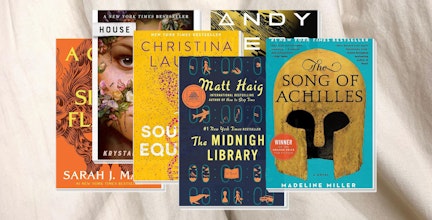
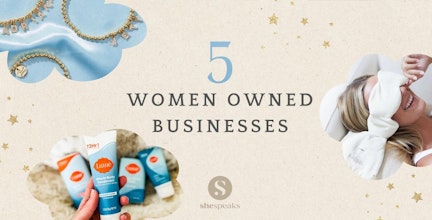


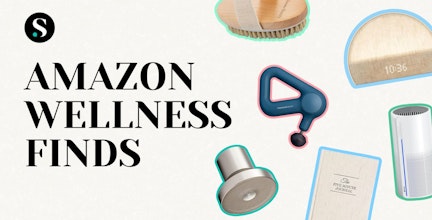
_01252024061712.jpg?max-w=432&max-h=220&fit=crop&auto=format)
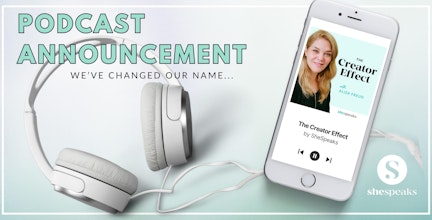
_10242023164832.jpg?max-w=432&max-h=220&fit=crop&auto=format)
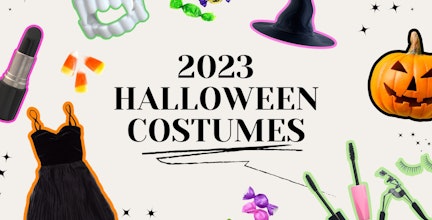
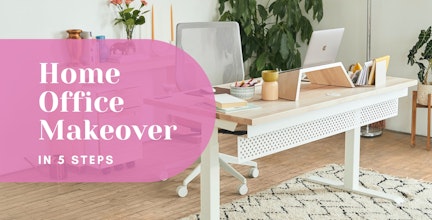
_08172023152001.jpg?max-w=432&max-h=220&fit=crop&auto=format)

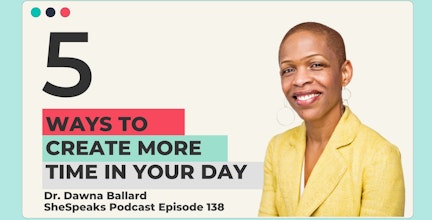
 (6)_07082023175312.jpg?max-w=432&max-h=220&fit=crop&auto=format)
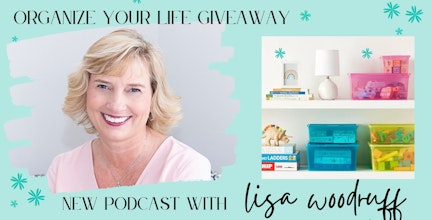
 (37)_05032023114523.jpg?max-w=432&max-h=220&fit=crop&auto=format)